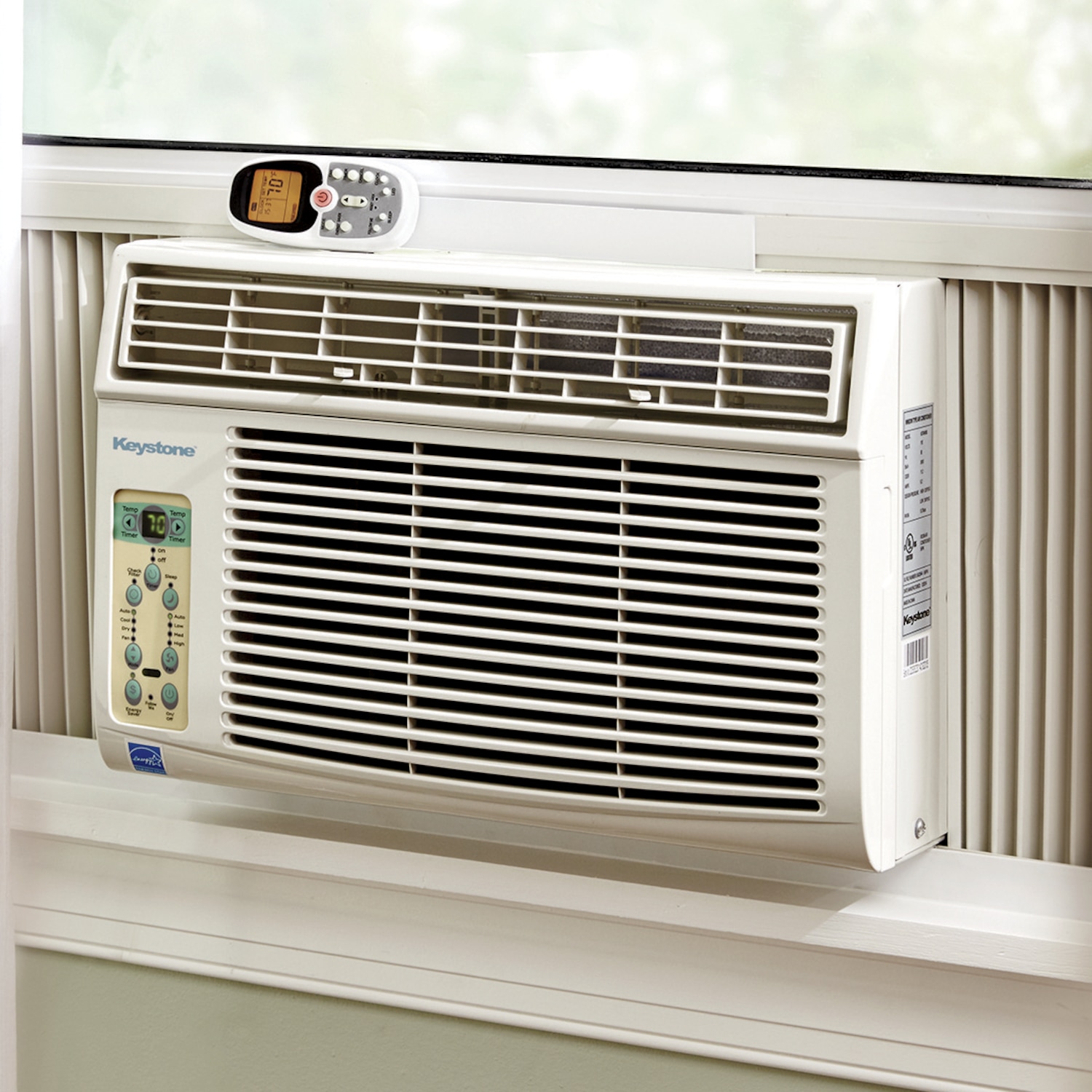Standard Mechanism and Development of the loud-speaker Enclosure
A loud speaker enclosure is actually a cabinet built to transmit sound to the listener via mounted loud speaker drive components. The major role of the loud speaker enclosure is to avoid the out of phase noise waves of their back of this speaker by blending with the in phase sound waves from the front of the speaker. This ends in interface patterns and cancellation, causing the efficacy of these speakers to be paid down; especially from the low frequencies where the wavelengths are so large that interference will change the entire listening area.
Many loudspeaker enclosures utilize some type of structure, similar to a box to comprise the out of energy. The box is made from wood or, even now, plastic, both for its grounds of ease of structure and visual appeal. Loud speaker cabinets are sometimes sealed and sometimes ported. Ported cabinets allow a number of the noise energy inside the cabinet must be discharged, and when designed correctly with proper interest to phase relationships, both increase bass response and decrease motorist trip.
Many other technology variations on the basic box design exist, such as acoustic lines. Enclosures play play a substantial role in sound production in addition to the planned design effects, adding unfortunate resonances, diffraction, along with other undesired phenomenons.
Vented or bass reflex enclosures need special structures because of the huge forces which can be manufactured by the drivers installed indoors the behave upon them. Vented loud speaker enclosures have 2 principal purposes - that the separation of vibrations from the front and back of the loudspeakers, and the containment of atmosphere to ensure that the atmosphere can function like a resonating elastic medium in the enclosure.
Vented enclosure operation is comparable to the way a bottle will behave as a whistle. At a tuned system it is important to avoid air leaks, because the port produces most of the sound at the frequency of resonance and the pressure in the enclosure might be significant.
Air leaks in the walls or tiles of enclosure can get the pruning of this device to shift in frequency, producing additional undesirable effects as well. The material utilized for enclosure walls should be solid and compact and should be free of voids or warps. Power Pack Enclosures would have no wall resonance at frequencies which fall within the frequency selection of loudspeakers mounted in it. 25 mm solid lead plate would make an exceptional loudspeaker enclosure.

Enclosures used for woofers and subwoofers can be adequately modelled at the low frequency region, approximately 100 to 200 Hz and below with acoustics and the lumped component model. Electrical filter theory has been used with significant success for woofer and subwoofer enclosures.
Many loudspeaker enclosures utilize some type of structure, similar to a box to comprise the out of energy. The box is made from wood or, even now, plastic, both for its grounds of ease of structure and visual appeal. Loud speaker cabinets are sometimes sealed and sometimes ported. Ported cabinets allow a number of the noise energy inside the cabinet must be discharged, and when designed correctly with proper interest to phase relationships, both increase bass response and decrease motorist trip.
Many other technology variations on the basic box design exist, such as acoustic lines. Enclosures play play a substantial role in sound production in addition to the planned design effects, adding unfortunate resonances, diffraction, along with other undesired phenomenons.
Vented or bass reflex enclosures need special structures because of the huge forces which can be manufactured by the drivers installed indoors the behave upon them. Vented loud speaker enclosures have 2 principal purposes - that the separation of vibrations from the front and back of the loudspeakers, and the containment of atmosphere to ensure that the atmosphere can function like a resonating elastic medium in the enclosure.
Vented enclosure operation is comparable to the way a bottle will behave as a whistle. At a tuned system it is important to avoid air leaks, because the port produces most of the sound at the frequency of resonance and the pressure in the enclosure might be significant.
Air leaks in the walls or tiles of enclosure can get the pruning of this device to shift in frequency, producing additional undesirable effects as well. The material utilized for enclosure walls should be solid and compact and should be free of voids or warps. Power Pack Enclosures would have no wall resonance at frequencies which fall within the frequency selection of loudspeakers mounted in it. 25 mm solid lead plate would make an exceptional loudspeaker enclosure.

Enclosures used for woofers and subwoofers can be adequately modelled at the low frequency region, approximately 100 to 200 Hz and below with acoustics and the lumped component model. Electrical filter theory has been used with significant success for woofer and subwoofer enclosures.
Created at 2021-05-08 07:10
Back to posts
This post has no comments - be the first one!
UNDER MAINTENANCE